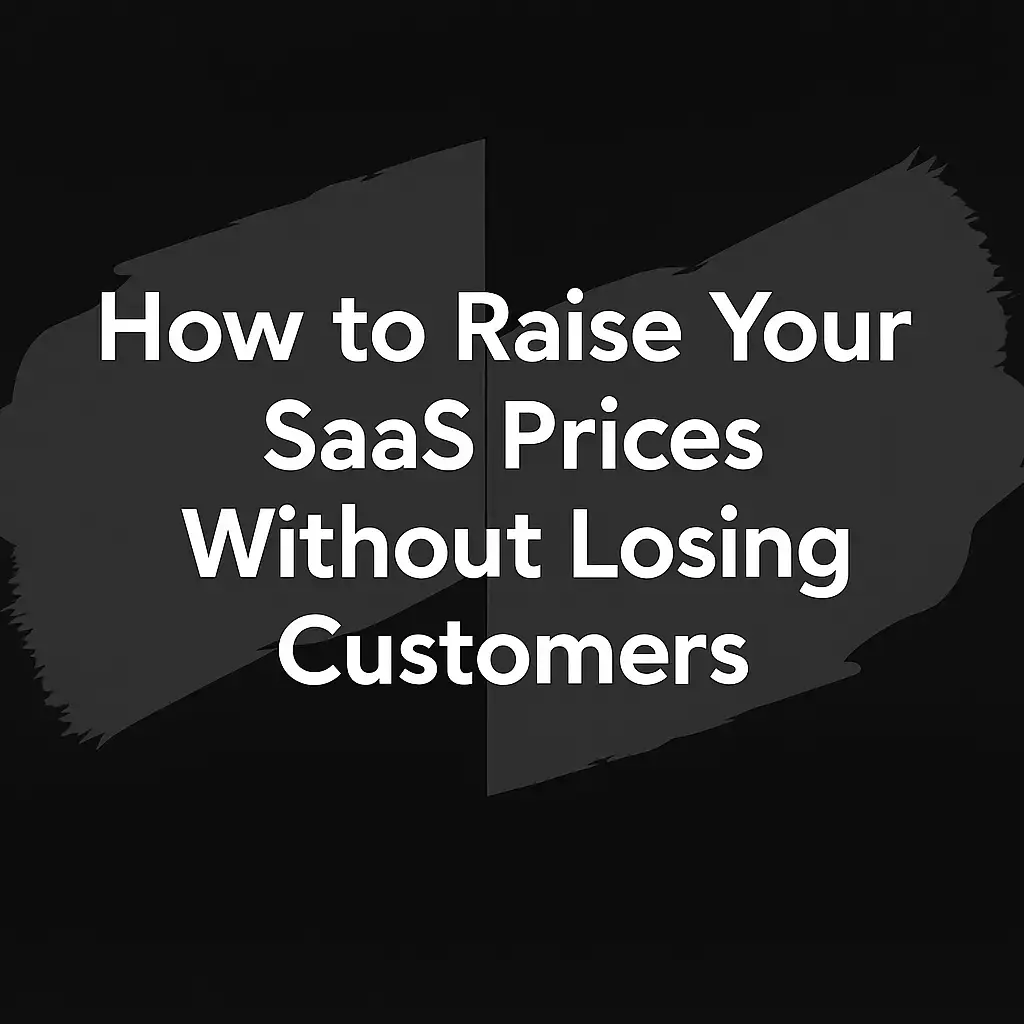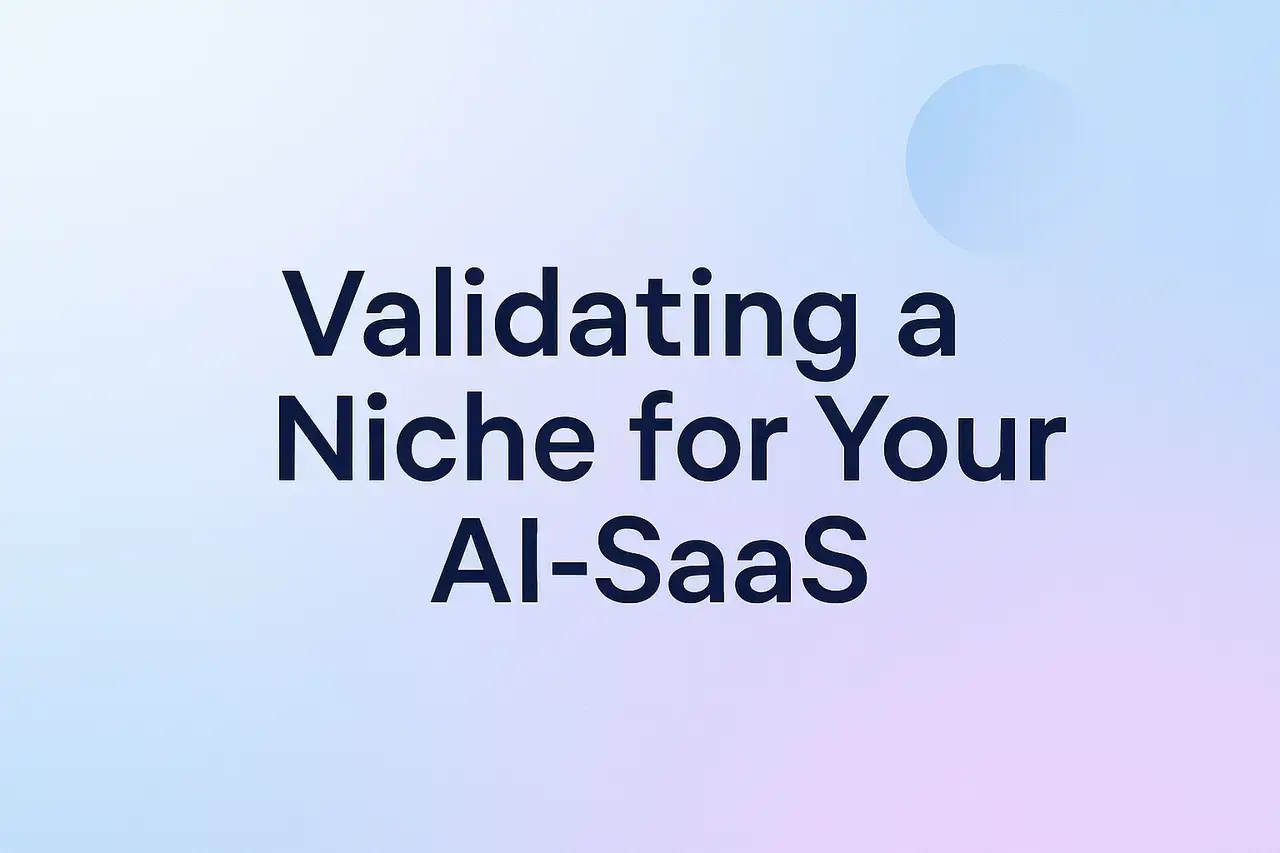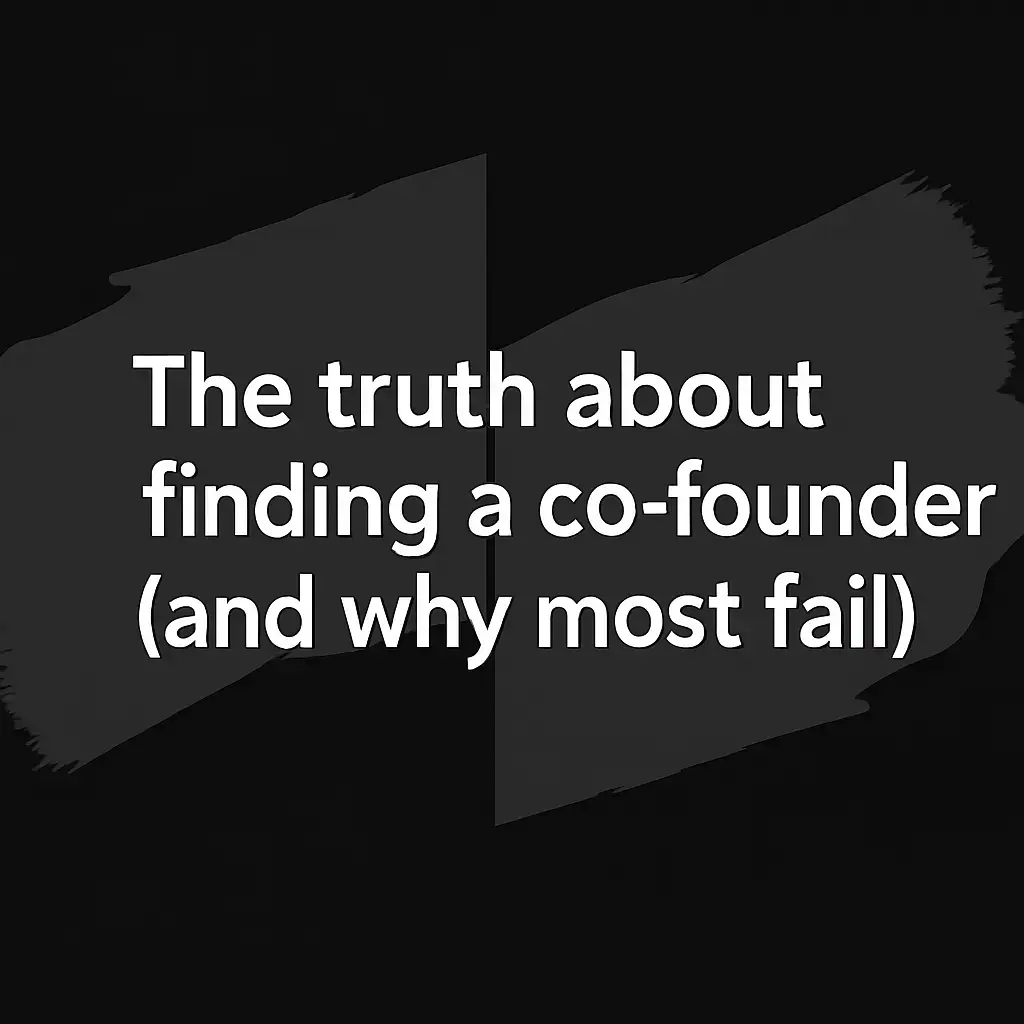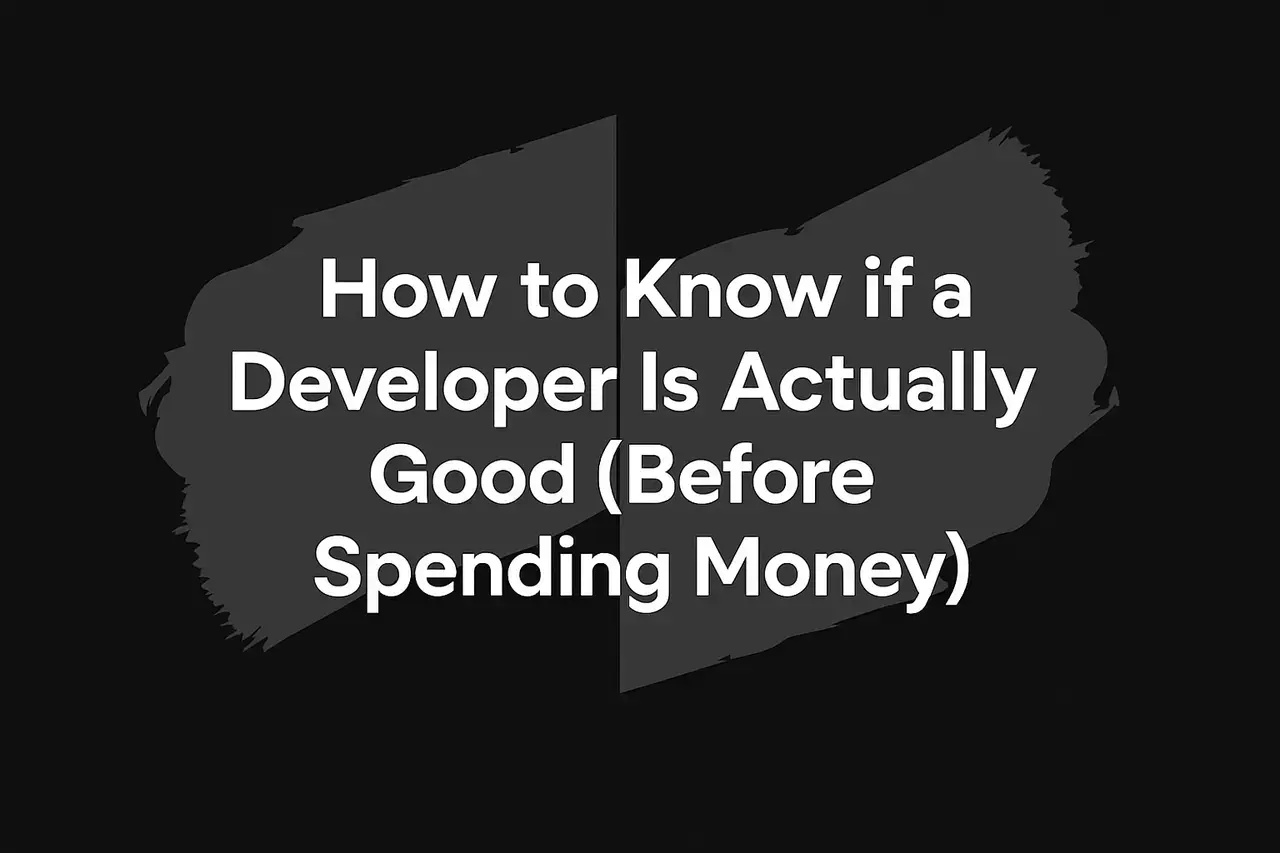Raising prices is one of the fastest ways to grow SaaS revenue.
But it’s also one of the scariest moves for any founder.
You’ve worked hard to build your product and attract users. You finally have paying customers.
Then you start thinking, “What if I lose them all if I raise prices?”
That fear keeps many founders stuck charging less than they should.
The truth is, you can raise your prices and keep your customers if you do it right.
1. Why Most Founders Underprice Their SaaS
When you first launch a SaaS, you probably think, “Let’s keep it cheap to attract more users.”
That makes sense at the beginning, but over time, it becomes a trap.
Here’s what usually happens:
-
Support requests increase
-
Infrastructure costs rise
-
Development gets more complex
-
Profit margins shrink
Soon, you realize your pricing doesn’t reflect the value you deliver.
Low prices don’t attract the right users. They attract people who care more about cost than results.
If your product creates real business impact, your pricing should match that.
2. Raising Prices Is About Value, Not Greed
Customers don’t leave because prices go up. They leave when they don’t see value.
If your product helps clients make more money, save time, or solve painful problems, they’ll pay more without hesitation.
Before touching your pricing page, ask yourself:
-
What real results do I create for my users?
-
How much better is my product compared to competitors?
-
Has my product improved since launch?
When you clearly show value, price becomes a natural part of the conversation.
3. Real Case: How Museed.co Raised Prices the Right Way
Let me give you a real example.
At Museed.co, one of our SaaS products, we worked with operadepot.com, one of the biggest opera-focused e-commerce platforms in the world.
They used Museed’s embeddable audio player to manage and stream thousands of tracks.
At first, they were on a $49/month plan.
Later, they requested something unique: a gapless playback feature for web users.
That might sound simple, but it’s not. Even Spotify’s web player didn’t have it at the time.
This feature required building a new playback system that could switch tracks seamlessly, without the usual audio gap.
It was complex, but it added huge value for their business.
Instead of offering it for free, we created a custom plan at $149/month with the new player, personalized design, and detailed analytics.
Result:
- The client accepted instantly.
- The new feature became one of Museed’s strongest selling points.
- The higher price felt fair and justified.
That’s what real value looks like.
People don’t pay more because you increase prices. They pay more when they clearly see what makes your product special.
4. How to Communicate a Price Increase
If you decide to raise your prices, communication matters more than the number.
Here’s what works well:
-
Tell customers early, ideally 30 days in advance.
-
Thank them for their loyalty.
-
Explain the improvements that justify the change.
-
Give them a grace period or option to renew under the old price.
-
Keep it personal and human, not corporate.
When you show respect and transparency, customers are more likely to stay.
5. Tie Every Price Change to Real Value
Never raise prices “just because.”
Every increase should come from a real upgrade in value. It could be better speed, improved support, new integrations, or deeper analytics.
When customers see your product evolving and helping them more, they’ll understand why the price increased.
It’s not about charging more for the same thing.
It’s about charging fairly for something better.
6. Test, Learn, and Adjust
Pricing isn’t a one-time decision. It’s an ongoing process.
Start small, test different tiers, and see how people react.
Track churn rates, upgrades, and customer feedback.
If users complain but don’t cancel, you’re probably on the right track.
If many leave, recheck your communication and the value you delivered.
The goal is to find the point where your price matches the value your customers actually feel.
Final Thoughts
Raising your prices isn’t about being bold. It’s about being fair — to your business and your users.
When your product delivers clear value, people don’t think twice about paying more.
At BrilliantSaaS, we’ve helped founders redesign their pricing, improve their positioning, and grow revenue without losing customers.
If you’re thinking about adjusting your SaaS pricing and want to do it with confidence, let’s make it real together.





Comments
No comments yet.
Log in or sign up to comment.